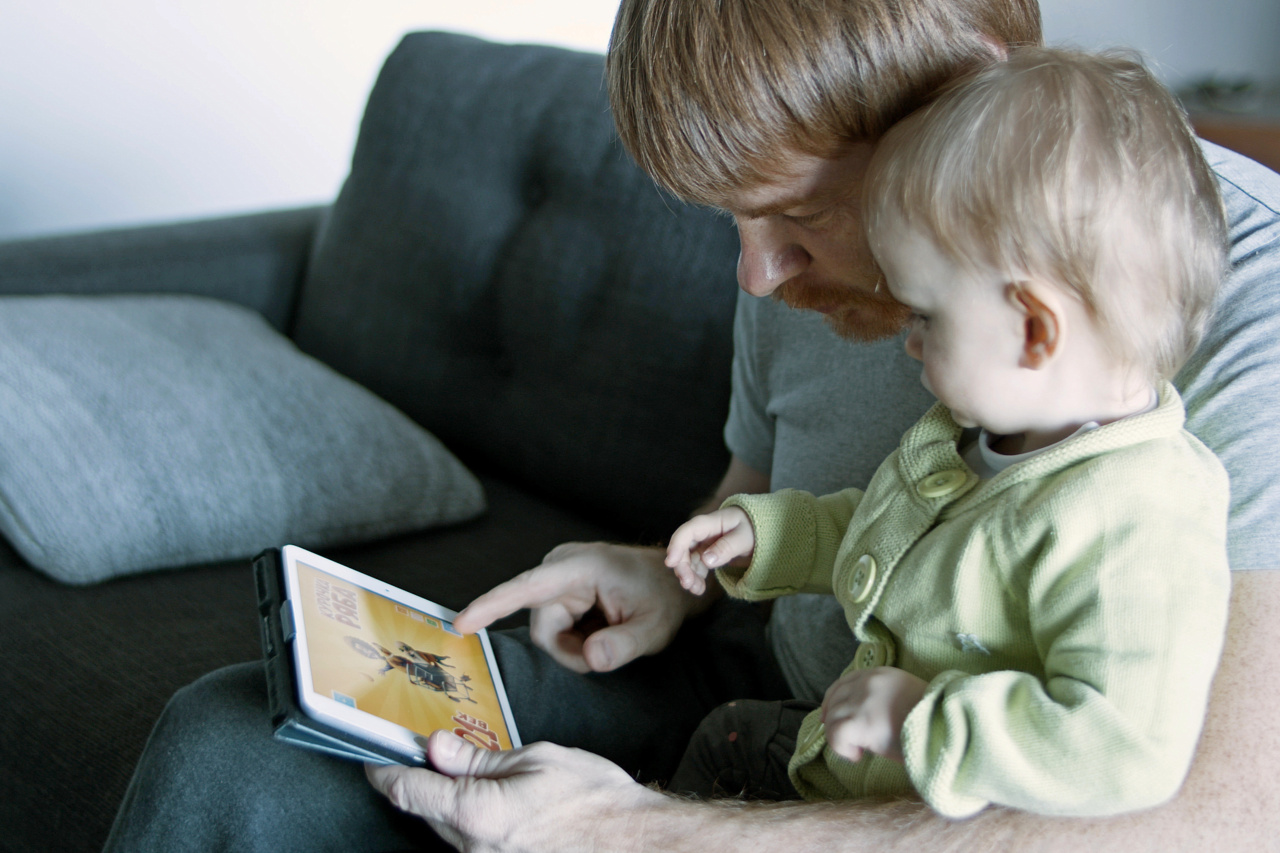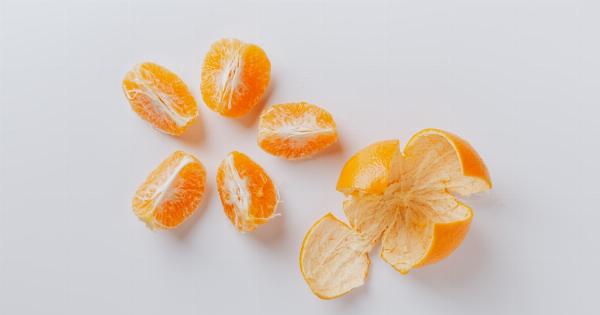Baby oil is a hydrating and nourishing oil that is perfect for keeping your hands soft and healthy. With its creamy texture and light fragrance, it is a popular moisturizer that is easy to use.
In this article, we will show you how to use baby oil effectively for your hands to maximize its benefits. Here are some tips and tricks to help you take care of your hands and keep them looking and feeling great.
1. Use Baby Oil After Washing Your Hands
Washing your hands frequently can dry them out, so it is important to keep them moisturized. After washing your hands, apply a few drops of baby oil to your palms and massage it in.
This will help to replenish the moisture in your skin and prevent it from becoming dry and cracked.
2. Apply Baby Oil Before Bedtime
Applying baby oil to your hands before bedtime is a great way to give your skin an extra boost of hydration while you sleep. Massage a generous amount of baby oil into your hands and wear gloves overnight.
This will help to lock in the moisture and leave your hands feeling soft and smooth in the morning.
3. Mix Baby Oil With Your Hand Cream
If you want to enhance the moisturizing properties of your hand cream, try mixing it with a few drops of baby oil. This will create a more hydrating and nourishing cream that is perfect for keeping your hands moisturized throughout the day.
4. Use Baby Oil as a Massage Oil
Baby oil is also a great massage oil that can be used to relieve tension and promote relaxation. Apply a few drops of baby oil to your hands and massage it into your palms, fingers, and wrists.
This will help to improve blood circulation and reduce inflammation in your hands.
5. Apply Baby Oil to Your Cuticles
Dry cuticles can be painful and unsightly, so it is important to keep them moisturized. Apply a small amount of baby oil to your cuticles and massage it in.
This will help to hydrate and nourish your cuticles, and prevent them from becoming rough and cracked.
6. Use Baby Oil as a Hand Scrub
If you want to exfoliate your hands and remove dead skin cells, try using baby oil as a hand scrub. Mix a few drops of baby oil with some sugar and use the mixture to scrub your hands gently. Rinse off with warm water and pat your hands dry.
This will leave your hands feeling soft and smooth.
7. Apply Baby Oil to Your Nails
Baby oil is also great for your nails, as it can help to prevent them from becoming brittle and dry. Rub a few drops of baby oil into your nails and cuticles to keep them moisturized and healthy.
8. Use Baby Oil as a Hand Wash
If you have sensitive skin, you may want to try using baby oil as a hand wash. Mix a few drops of baby oil with some warm water and use the mixture to wash your hands gently.
This will help to cleanse your hands without stripping them of their natural oils.
9. Apply Baby Oil Before Exposure to Cold Weather
Exposure to cold weather can be harsh on your hands, causing them to become dry and chapped. Apply a few drops of baby oil to your hands before going out in the cold to help protect them from the elements.
10. Use Baby Oil to Remove Sticky Substances
If you have ever struggled to remove sticky substances from your hands, try using baby oil. Rub a few drops of baby oil onto the affected area and massage it in. The oil will help to dissolve the sticky substance, making it easier to wipe away.
Conclusion
Baby oil is a versatile and affordable moisturizer that can be used in a variety of ways to keep your hands looking and feeling great.
By using these tips and tricks, you can maximize the benefits of baby oil and keep your hands soft, smooth, and healthy.































